12 US Landmarks That Have Been Destroyed or No Longer Exist
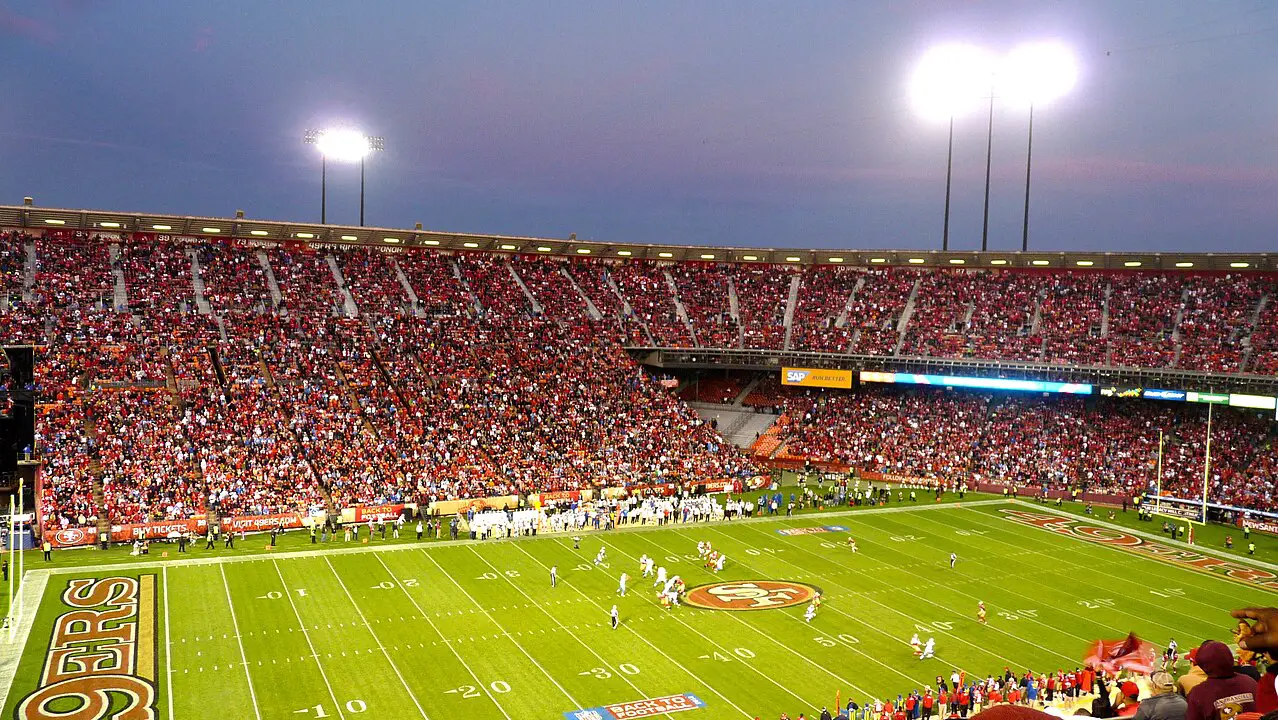
Throughout its history, the United States has seen many iconic landmarks rise and fall. Whether due to natural disasters, war, or urban development, these landmarks have left indelible marks on American history and culture even after their destruction. Here are eight significant US landmarks that have been destroyed or no longer exist.
1. Penn Station, New York City
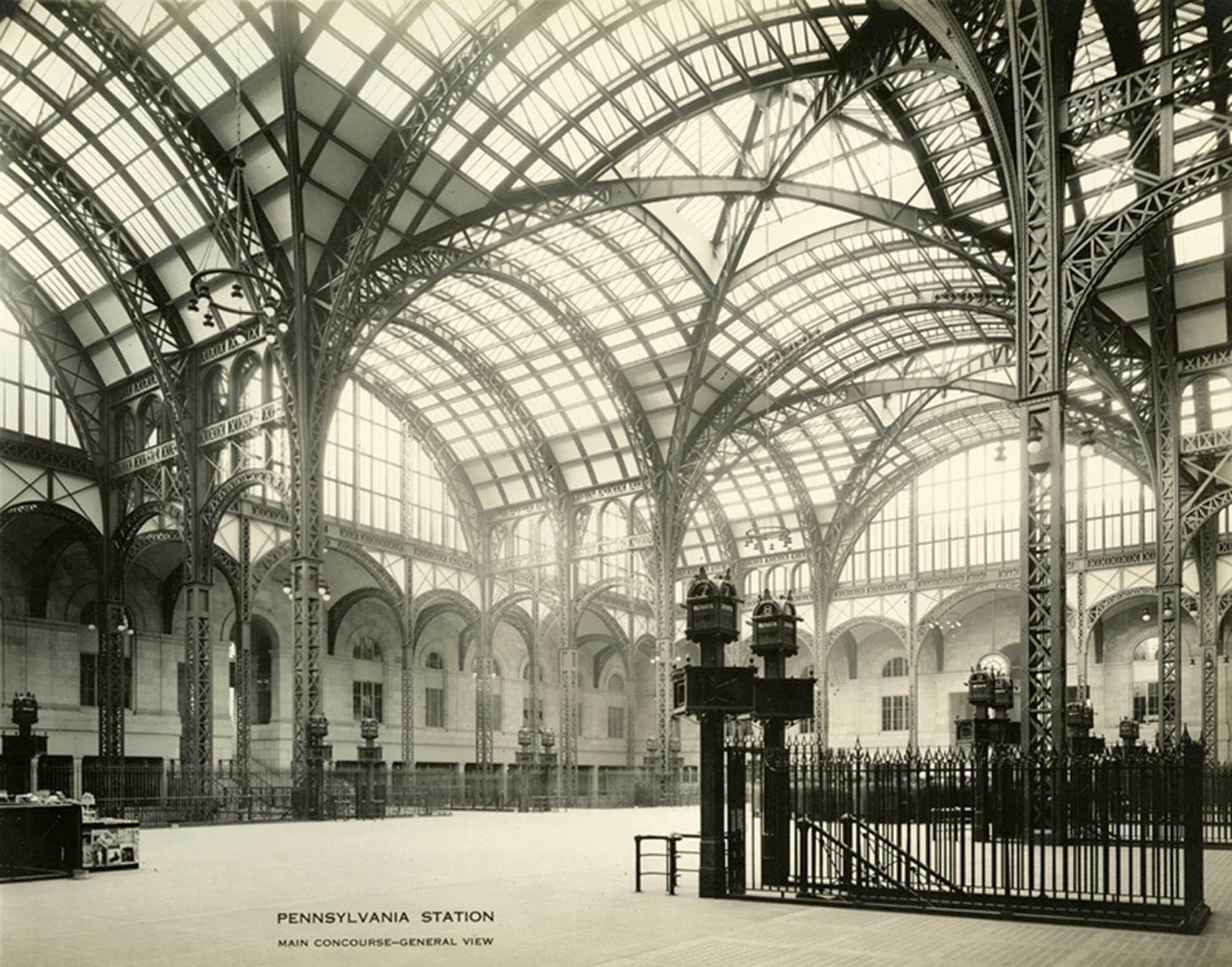
Opened in 1910, the original Penn Station in Manhattan was a grand Beaux-Arts masterpiece. However, in 1963, it was demolished to make way for Madison Square Garden and office buildings. This loss spurred the modern historic preservation movement in the United States.
2. The World Trade Center Twin Towers, New York City
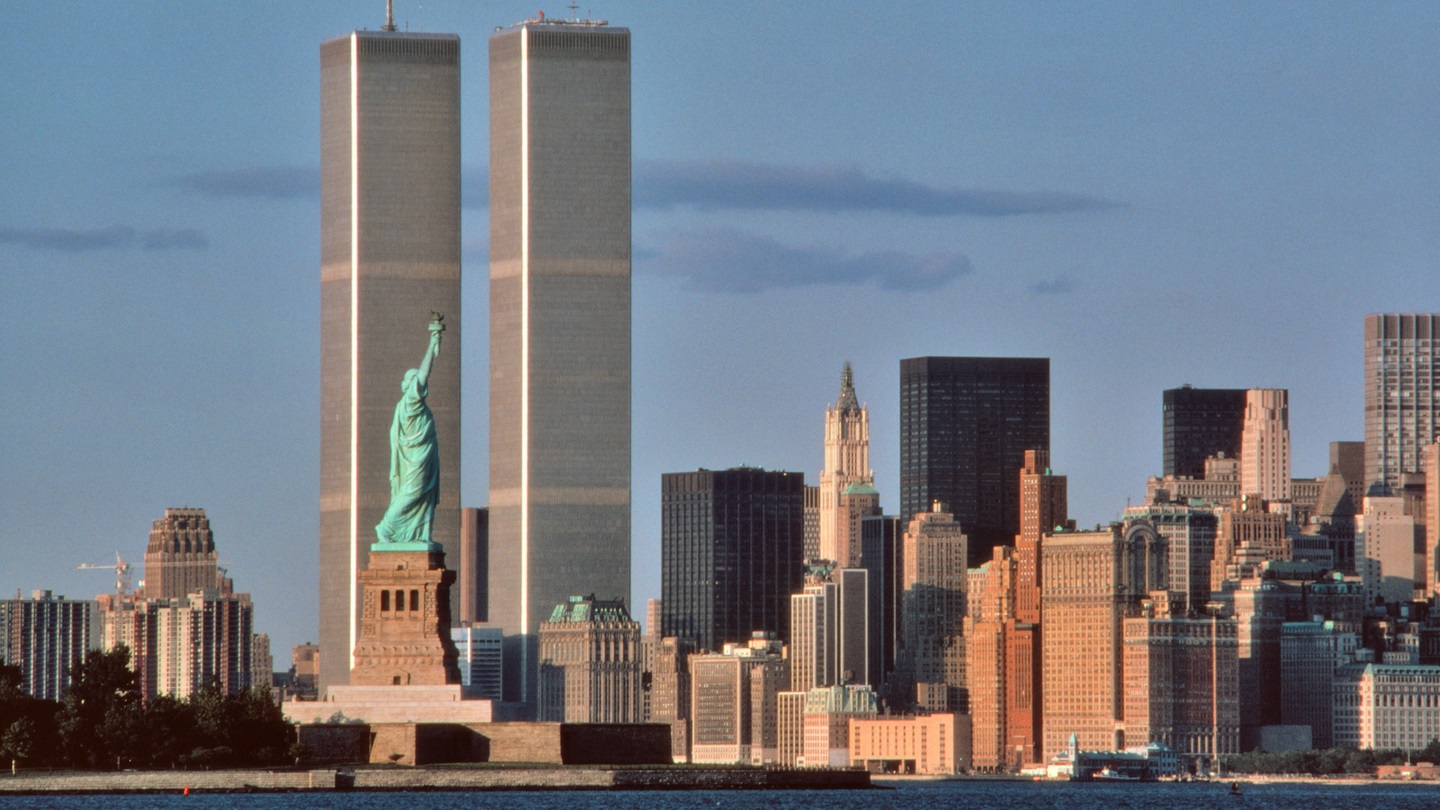
On September 11, 2001, the World Trade Center’s Twin Towers were tragically destroyed in terrorist attacks. Their loss remains a poignant reminder of the events that reshaped the nation. In their place, the One World Trade Center now stands, symbolizing resilience and renewal.
3. The Old Chicago Federal Building
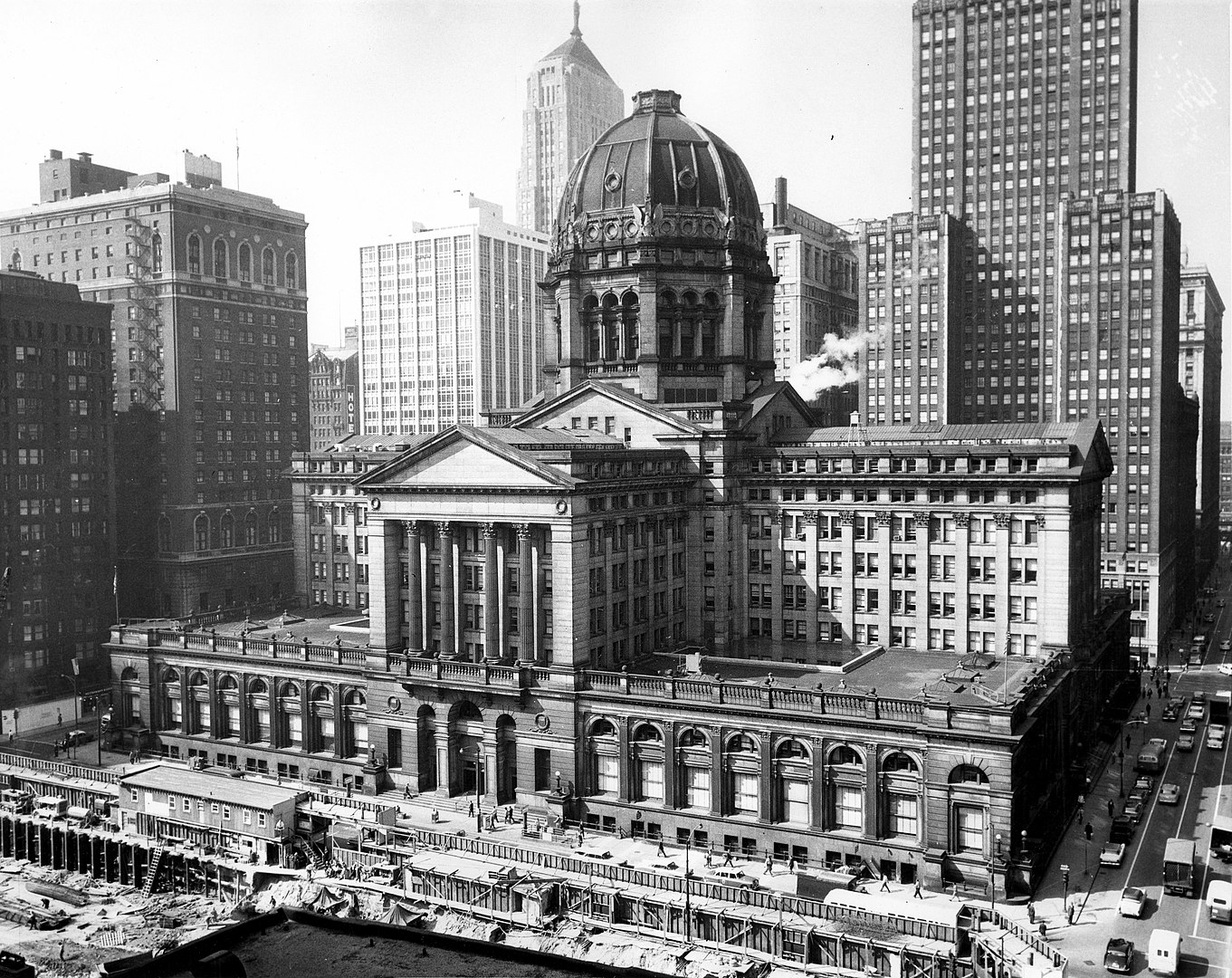
This grand Richardsonian Romanesque structure, built in 1892, housed many government offices. Unfortunately, the building was demolished in 1965 due to structural issues and changing space needs, and it was replaced by the Kluczynski Federal Building.
4. San Francisco’s Sutro Baths
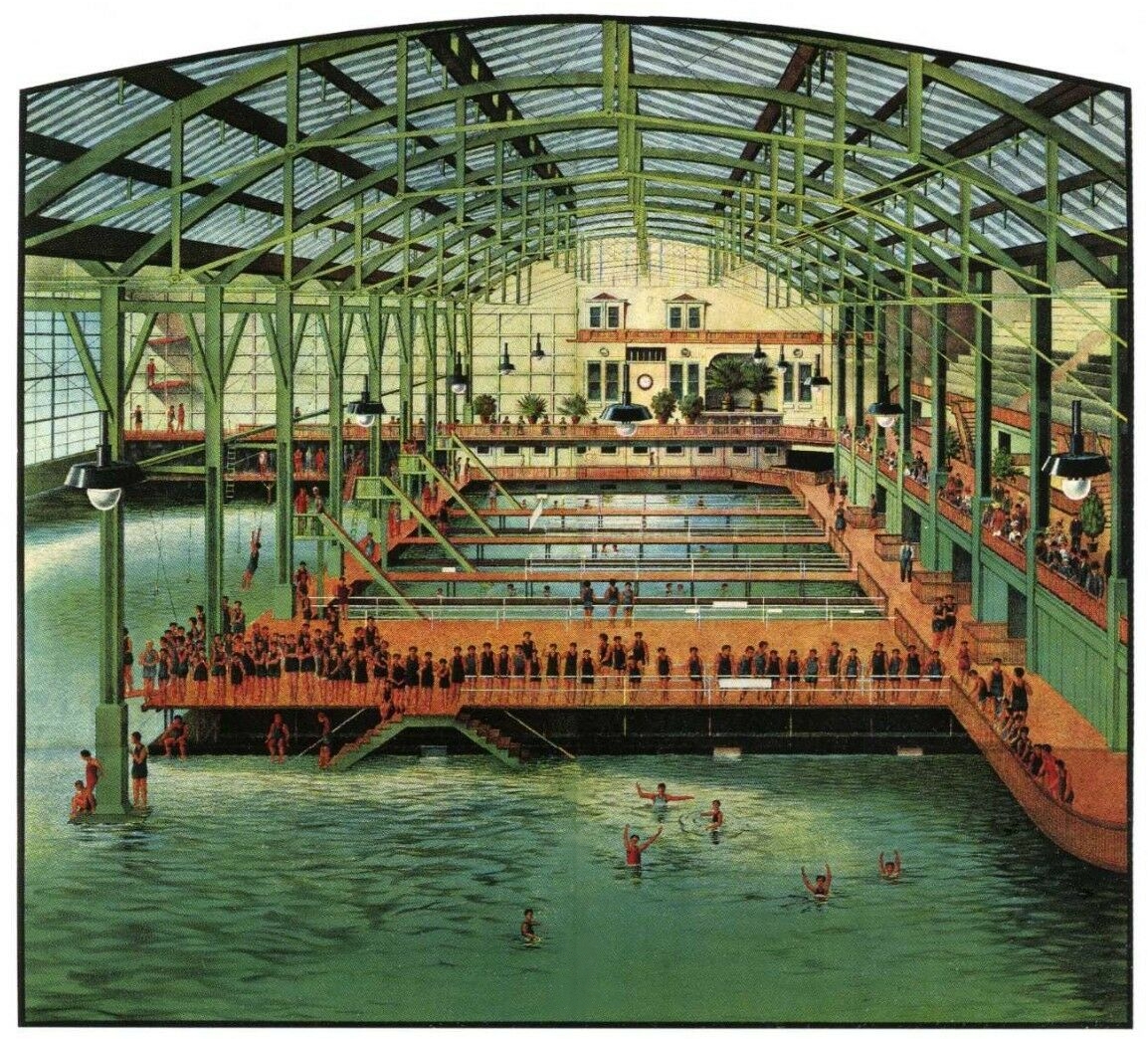
Opened in 1896, the Sutro Baths were an enormous public bathhouse and swimming complex. In 1966, a fire destroyed the structure. The ruins can still be visited today, serving as a haunting reminder of its opulent past.
5. The Sands Hotel and Casino, Las Vegas
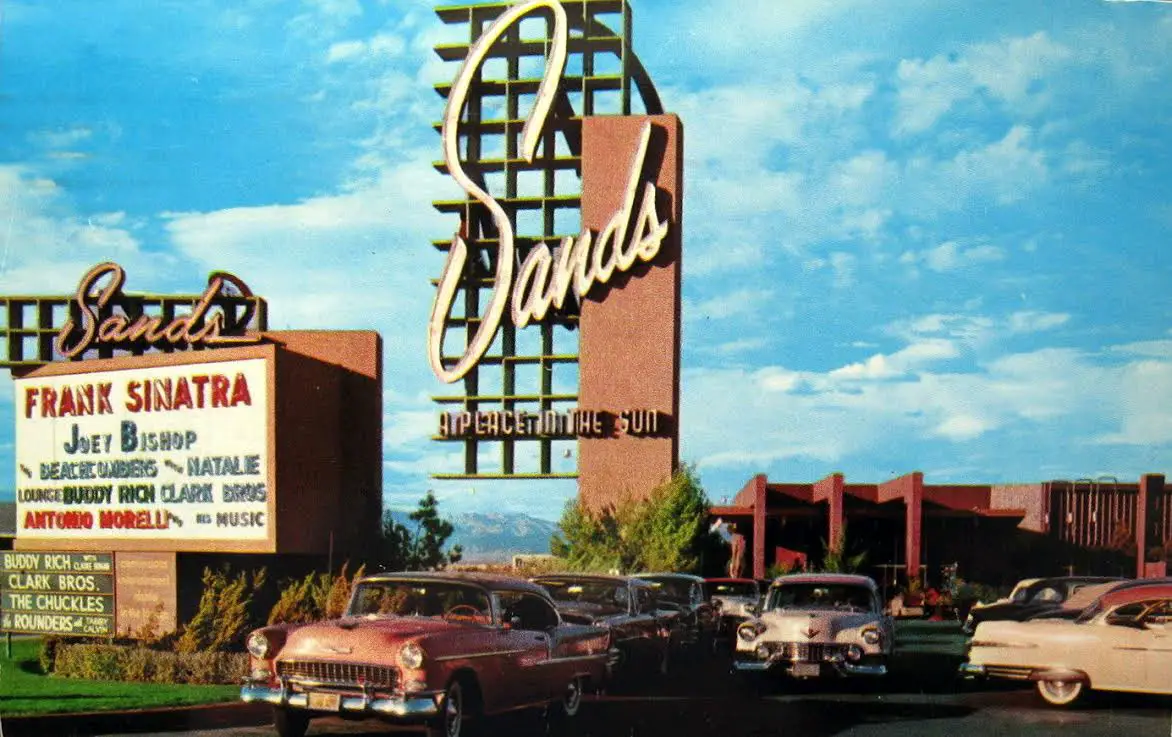
The Sands Hotel and Casino, opened in 1952, was a symbol of the Rat Pack era, frequented by celebrities like Frank Sinatra and Dean Martin. In 1996, it was imploded to make way for The Venetian, reflecting the ever-changing landscape of Las Vegas.
6. Ebbet’s Field, Brooklyn, New York
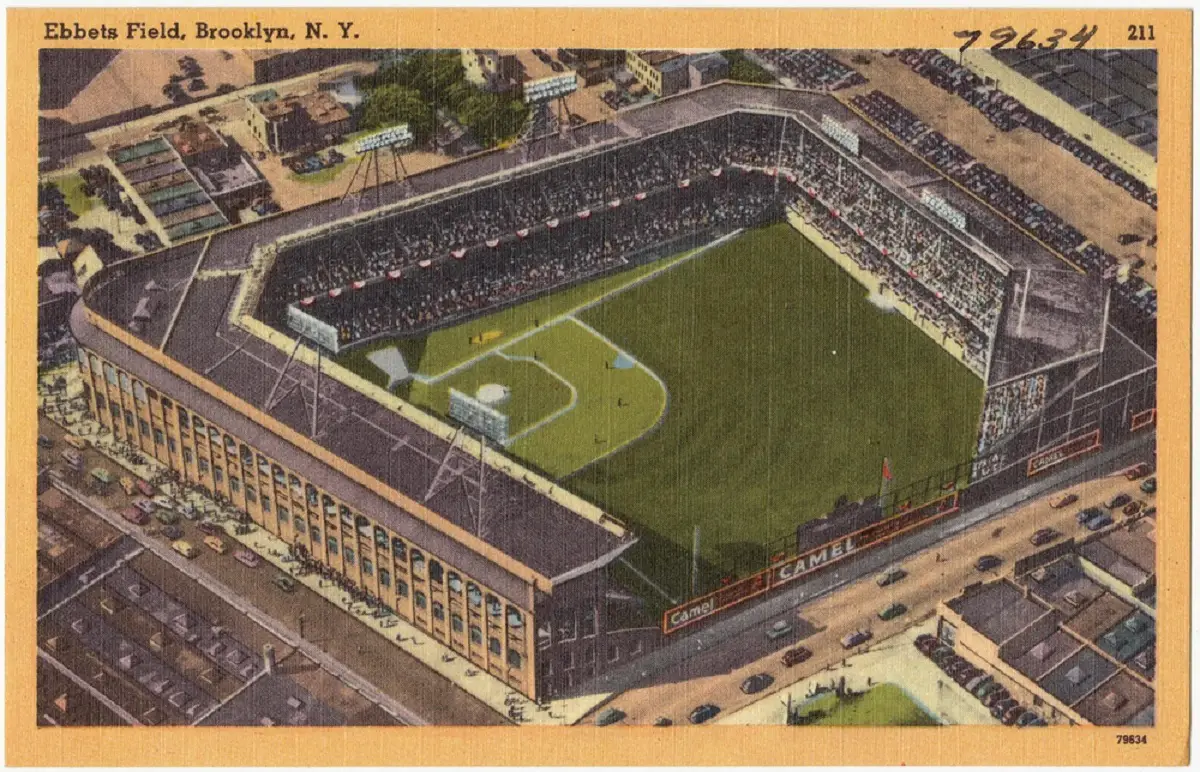
Home to the Brooklyn Dodgers baseball team, Ebbets Field opened in 1913. The stadium was demolished in 1960, two years after the Dodgers moved to Los Angeles. A housing complex now stands where the historic ballpark once thrilled fans.
7. The Singer Building, New York City
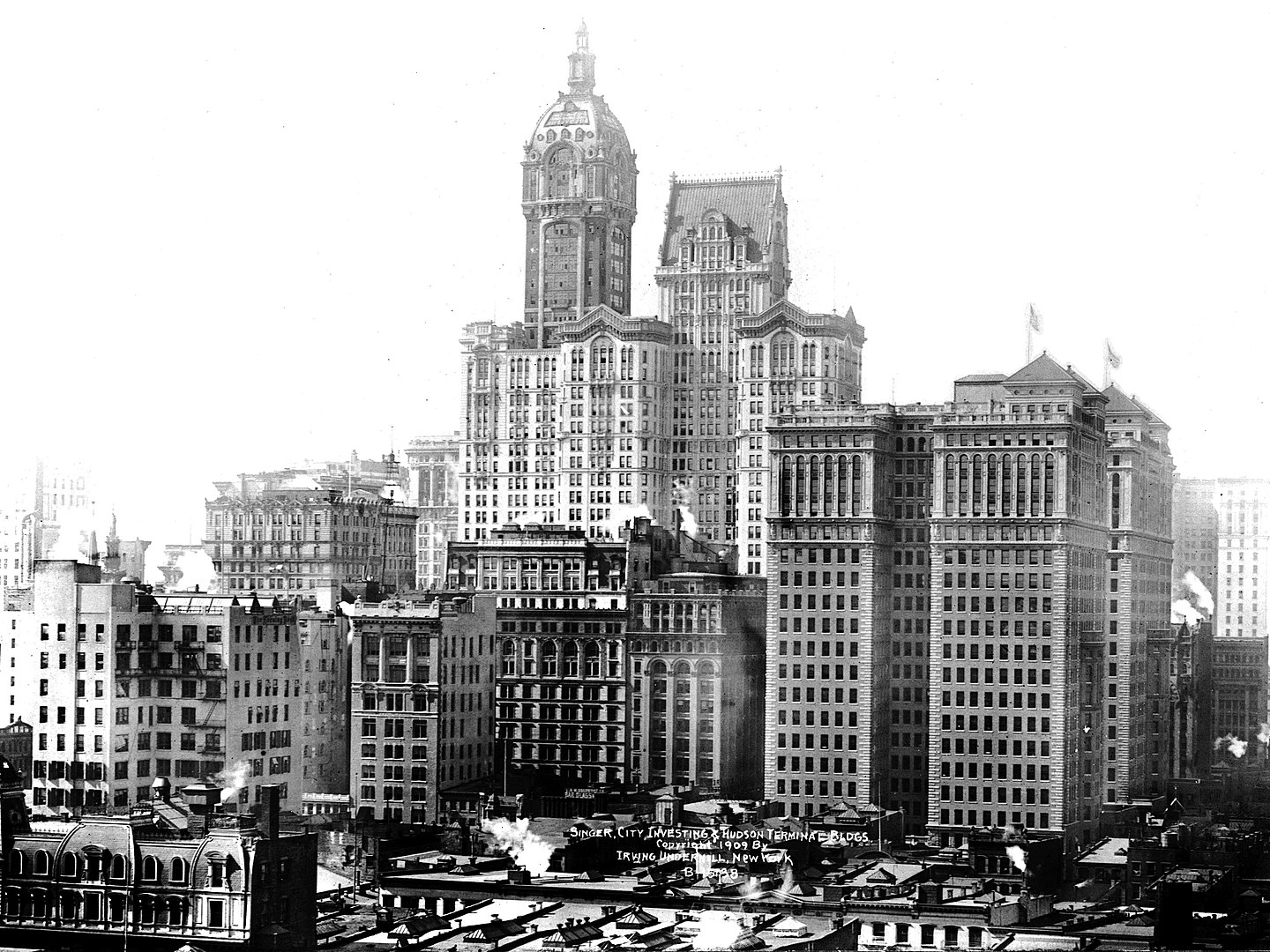
Once the tallest building in the world upon its completion in 1908, the Singer Building in Manhattan was an architectural marvel. It was demolished in 1968 to make way for One Liberty Plaza. Its destruction is often cited as one of the most regrettable losses of New York’s architectural history.
8. The Commodore Hotel, New York City
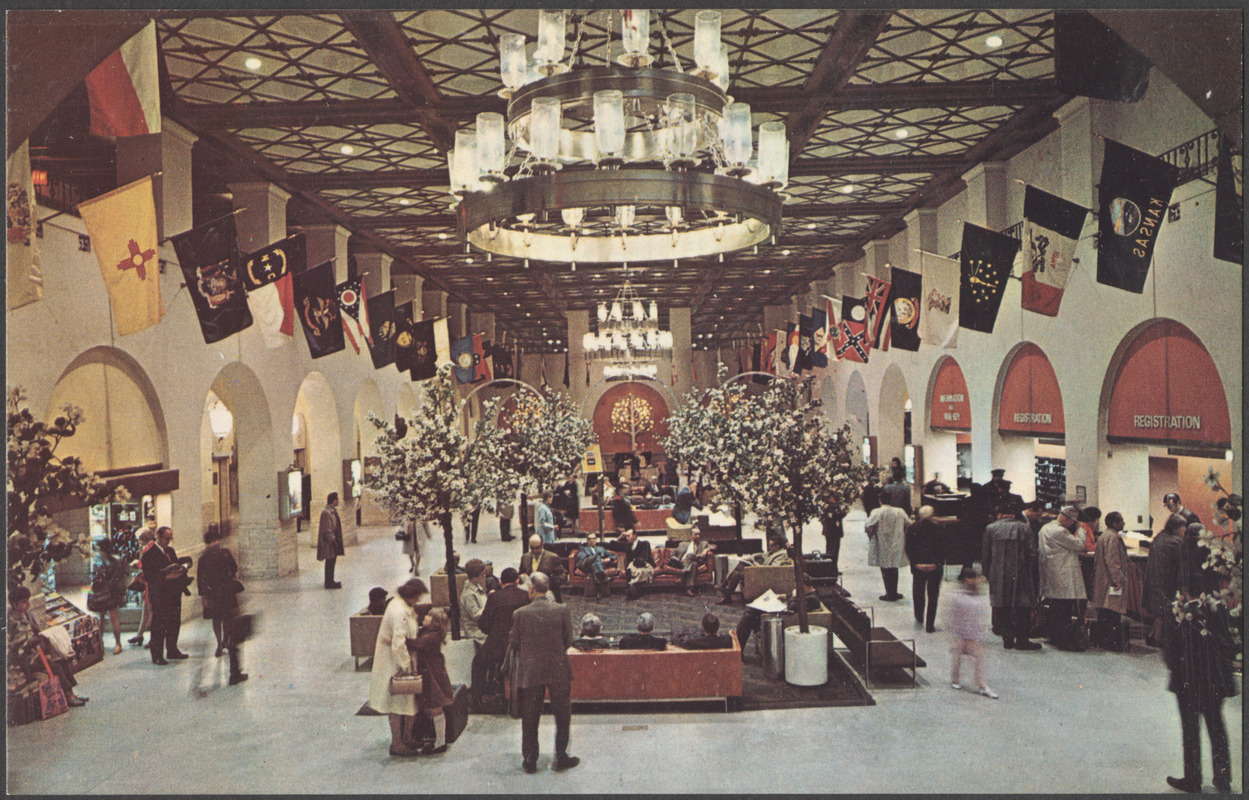
Opened in 1919, The Commodore was a grand hotel that fell into decline in the mid-20th century. It was redeveloped in the late 1970s, leading to the creation of the Grand Hyatt New York. This transformation marked one of the earliest projects by then-real estate developer Donald Trump.
9. The Hippodrome Theatre, New York City
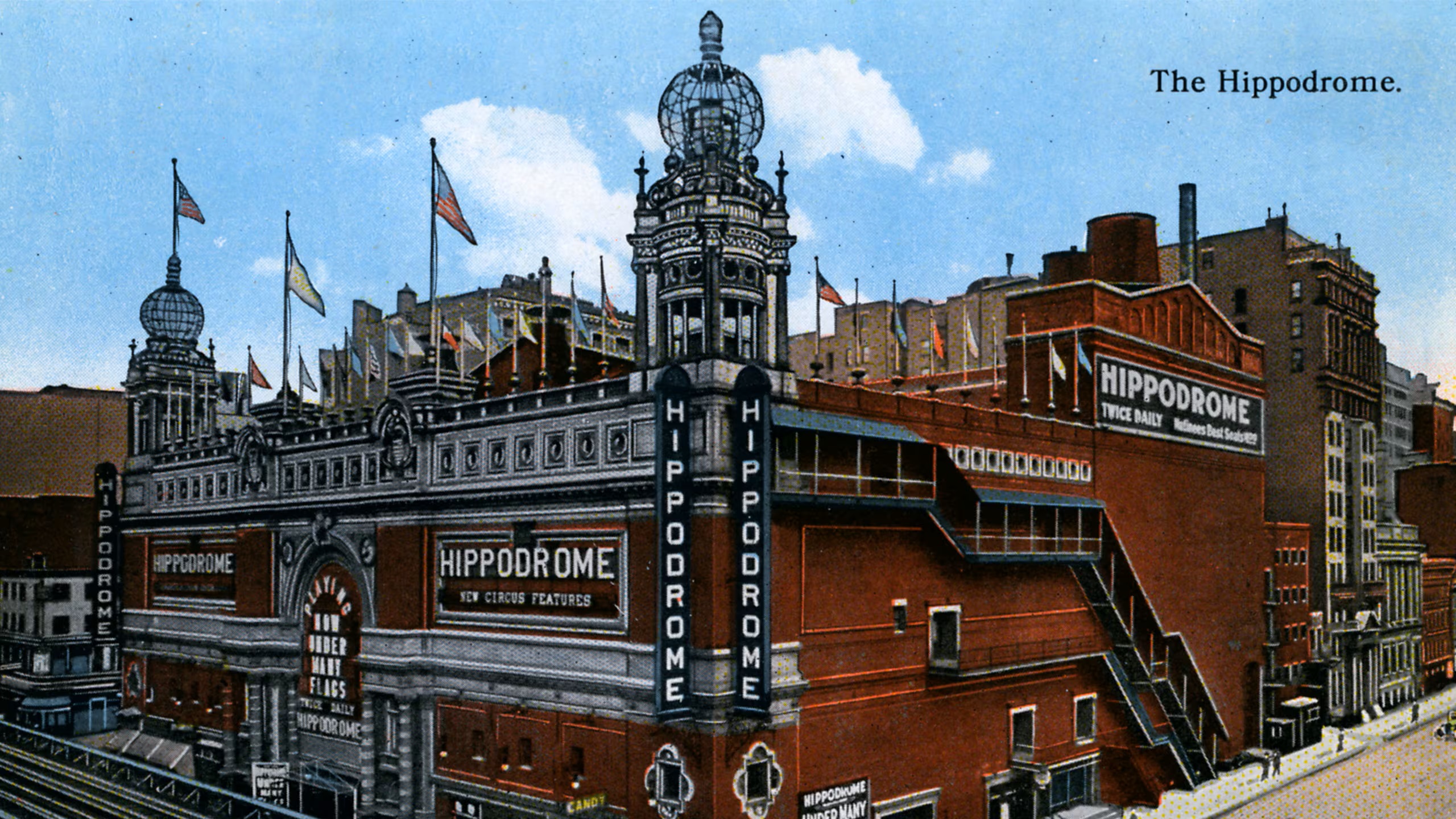
The Hippodrome Theatre, opened in 1905, was once the world’s largest theatre, hosting spectacular shows and events. It was demolished in 1939, and an office building now occupies the site.
10. Ford’s Theatre, Washington, D.C. (Original Structure)
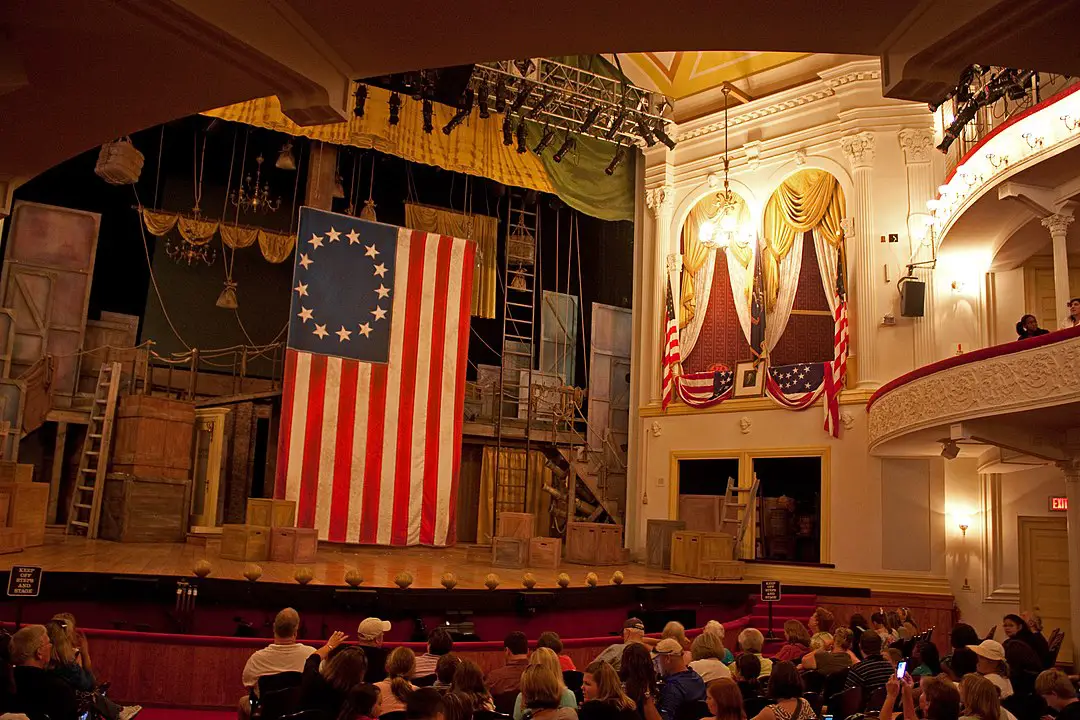
The original Ford’s Theatre, where President Abraham Lincoln was assassinated in 1865, was closed and repurposed several times before partially collapsing in 1893. It has since been restored and operates as a museum and working theatre, though the original structure is no longer intact.
11. The Morrison Hotel, Chicago
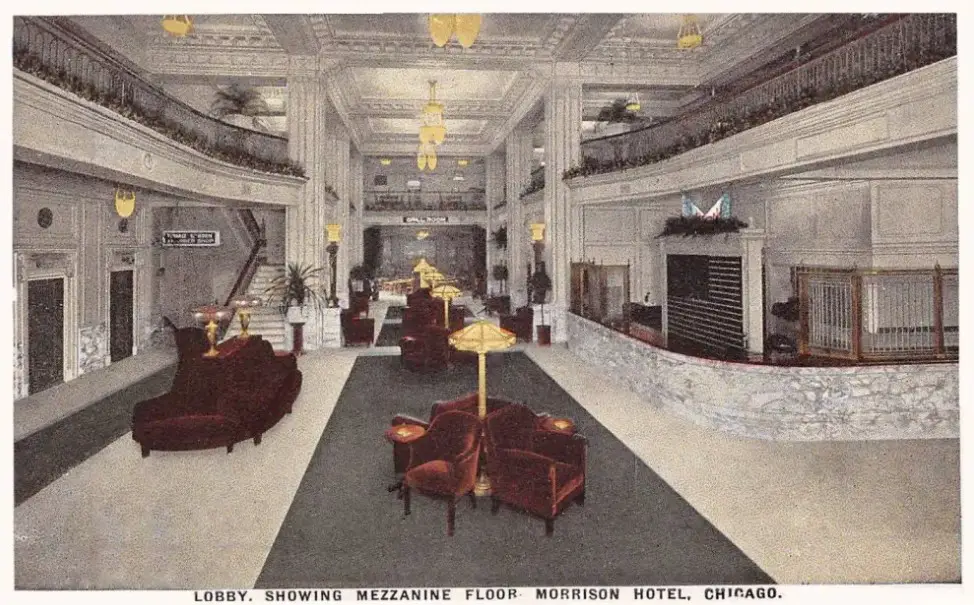
Opened in 1925, the Morrison Hotel was once the world’s tallest hotel and a symbol of Chicago’s skyline. It was demolished in 1965 to make way for the First National Plaza, reflecting the city’s evolving architectural landscape.
12. The Singer Bowl, New York City
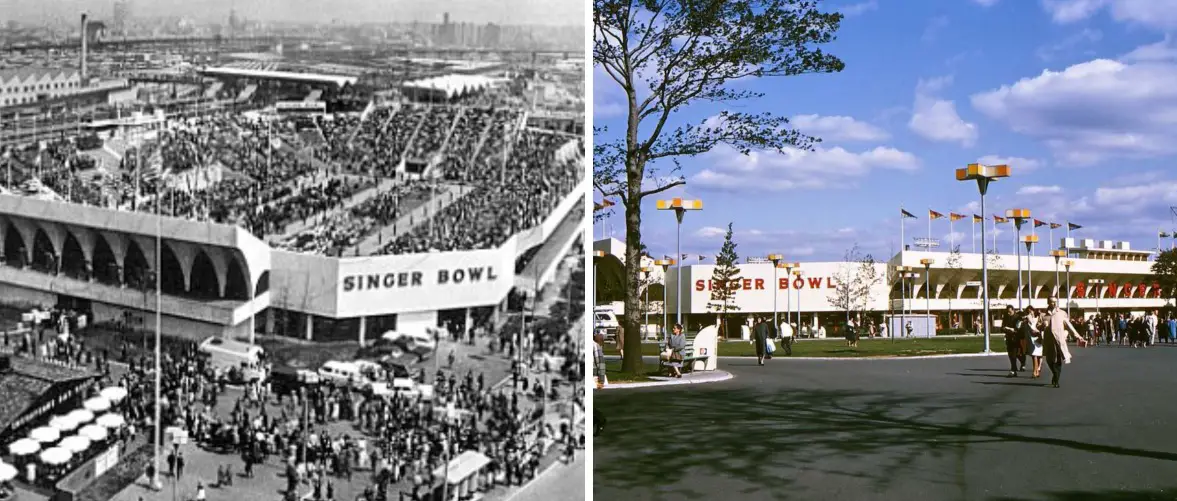
Built for the 1964-65 World’s Fair, the Singer Bowl was an amphitheatre that hosted concerts and events. It was renovated and renamed the Louis Armstrong Stadium in the 1970s, and eventually replaced entirely with a new stadium as part of the USTA Billie Jean King National Tennis Center.
Final Thoughts

These landmarks may no longer exist, but their stories and legacies continue to captivate and inspire. Their destruction often paved the way for new developments, reminding us of the ever-evolving nature of urban landscapes and the importance of preserving our architectural heritage.
Leave a Reply